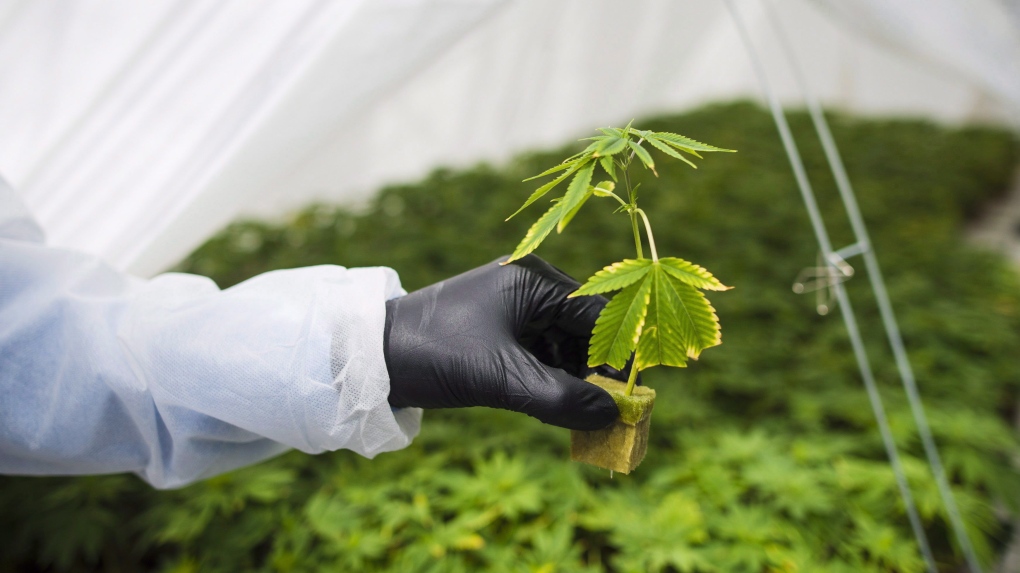Cannabis Industry Struggles Amid Worsening Economic Conditions, Report Finds
LOS ANGELES– In a new report published by Whitney Economics, it becomes evident that the cannabis industry in the United States is grappling with worsening economic conditions. The report, titled “Cannabis Operator Sentiment and Business Conditions Survey,” sheds light on the challenges faced by plant-touching businesses, which are experiencing a decline in sales and profitability.
The survey, conducted in Q4 2022, reveals a stark contrast in the financial performance of cannabis businesses compared to the previous year. Only 24.4% of respondents reported profitable operations, a significant decrease from the 42% reported in Q4 2021. The numbers indicate that a majority of businesses, 41.4% to be precise, are currently operating at a loss.
Notably, the report highlights that profitable businesses predominantly consist of retailers and product manufacturers, while cultivation businesses are facing the most significant hurdles in the industry. Several obstacles contribute to these challenges, as outlined by Whitney Economics. These include the poor short-term national outlook for cannabis, mature markets losing ground, uphill battles for brand-new state cannabis markets, and stiff competition from the illicit market.
While the report does not prescribe specific solutions, it suggests that policymakers shift their focus away from capturing consumer demand through taxation and instead concentrate on creating policies that support businesses. The authors argue that nurturing businesses and fostering development, rather than burdening the industry with excessive regulations, is key to unlocking growth opportunities.
The data within the report delves into various aspects of plant-touching businesses, such as bottom lines, input costs, sales, profit margins, price points, costs, wages, capital expenditures, and labor. It aligns with previous coverage by Cannabis Business Times, which has extensively reported on the ongoing issues of price compression and supply-demand imbalances in U.S. cannabis markets. The report confirms the downward trend in sales and prices, resulting in increasingly squeezed profit margins for industry operators.
Unfortunately, the report offers little optimism for the near future, projecting a continued low demand for the next 18 months. It suggests that operators must focus on optimizing their operations to weather the storm and emerge as survivors when demand eventually picks up, a forecast anticipated in 2025.
The report concludes with quotes from survey respondents, reflecting a range of perspectives on the industry’s trajectory. Some express hope for expansion and industry growth, while others voice concerns about banking restrictions, quality degradation due to mass production, and the dominance of large multi-state operators. Uncertainty prevails among respondents, with some acknowledging the difficulty of long-term planning given the current state of affairs.
As the cannabis industry grapples with challenging economic conditions, stakeholders are eagerly awaiting policy shifts and market developments that can support businesses and drive sustainable growth.


































